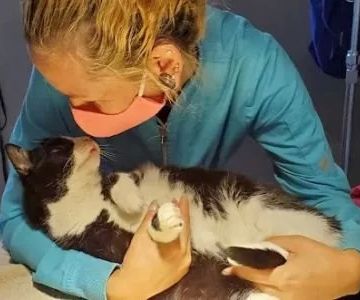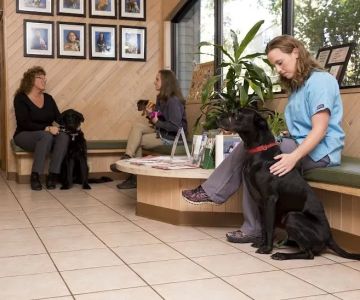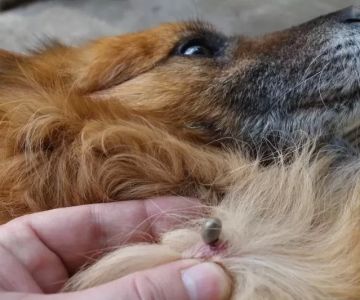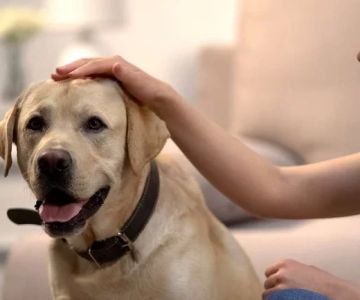- 1 - Why “Place & Stay” Matters for Every Dog #why-place-stay
- 2 - Step-by-Step Guide to Training “Place & Stay” at Distance #training-steps
- 3 - Building Distance and Duration Gradually #distance-duration
- 4 - Real Dog Story: A Nervous Pup Becomes a Distance Pro #real-story
- 5 - Common Challenges and How to Fix Them #common-challenges
- 6 - Advanced Practice: Distraction-Proofing the Behavior #distraction-proof
- 7 - When to Ask Pros for Help – Hidden Brook Veterinary #hidden-brook
1. Why “Place & Stay” Matters for Every Dog
The “Place & Stay” behavior teaches dogs to relax in a designated spot—whether that’s a bed, a mat, or a platform—and remain there until released. When trained well, this skill becomes a powerful tool for managing excitement, door greetings, meal prep chaos, and veterinarian visits. It gives dogs structure and confidence, especially in busy households.
1.1 Calm Behavior Starts with Clear Boundaries
Dogs thrive when they understand what is expected. The place command gives them a job—“stay here and chill”—which reduces reactivity and anxiety.
2. Step-by-Step Guide to Training “Place & Stay” at Distance
To train “Place & Stay” behavior at distance, start simple and build gradually. The key is to reward calm posture—lying down is ideal—and make the place inviting with a comfy mat.
2.1 Step One: Introduce the Place
Lure your dog to the spot and reward immediately when they step onto it. Keep early sessions short and fun to build a positive association.
2.2 Step Two: Add the Stay Component
Once your dog goes to their place reliably, introduce “stay.” Step back one foot at a time, reinforcing when they remain settled.
2.3 Step Three: Add a Release Cue
A release word like “free” or “okay” tells your dog when they can leave. This keeps the behavior clear and prevents guessing.
3. Building Distance and Duration Gradually
Increasing distance should feel like leveling up—not jumping ahead. Reward frequently, return to the dog quickly, and avoid letting them fail repeatedly.
3.1 Duration Before Distance
Make sure your dog can hold the stay for several seconds before walking away. Calm chin-on-paws behavior is a great sign they’re ready for more challenge.
3.2 Add Distance in Small Steps
Try one step away, then two, then across the room. If your dog breaks, just calmly reset and try again with smaller increments.
4. Real Dog Story: A Nervous Pup Becomes a Distance Pro
Scout, a young rescue dog, would panic when his owner walked more than a few feet away. Training “Place & Stay” behavior at distance changed everything. Using gradual steps and plenty of praise, Scout learned that even when his human walked across the room, he was still safe. Today, Scout can relax on his bed while guests enter—no frantic jumping, no barking, just confidence.
4.1 Progress Takes Patience, But It Pays Off
Watching a once-anxious pup proudly hold a long-distance stay becomes one of those heart-swelling dog parent moments.
5. Common Challenges and How to Fix Them
Even with great training, dogs sometimes struggle. Here are issues many owners face:
5.1 Breaking the Stay Too Early
Solution: shorten sessions and reward more frequently. Success builds confidence!
5.2 Losing Focus When You Move Away
Solution: work slower and practice eye contact before adding bigger distance.
5.3 Getting Up When Guests or Kids Move
Solution: gradually introduce controlled distractions and reward calm behavior.
6. Advanced Practice: Distraction-Proofing the Behavior
Once your dog can hold a stay from across the room, introduce gentle distractions like a dropped toy or another family member walking past. This turns the behavior into a real-life skill instead of a living room trick.
6.1 Outdoor public practice
Try working in a quiet yard before heading to parks. Distance and noise make success more rewarding and meaningful.











